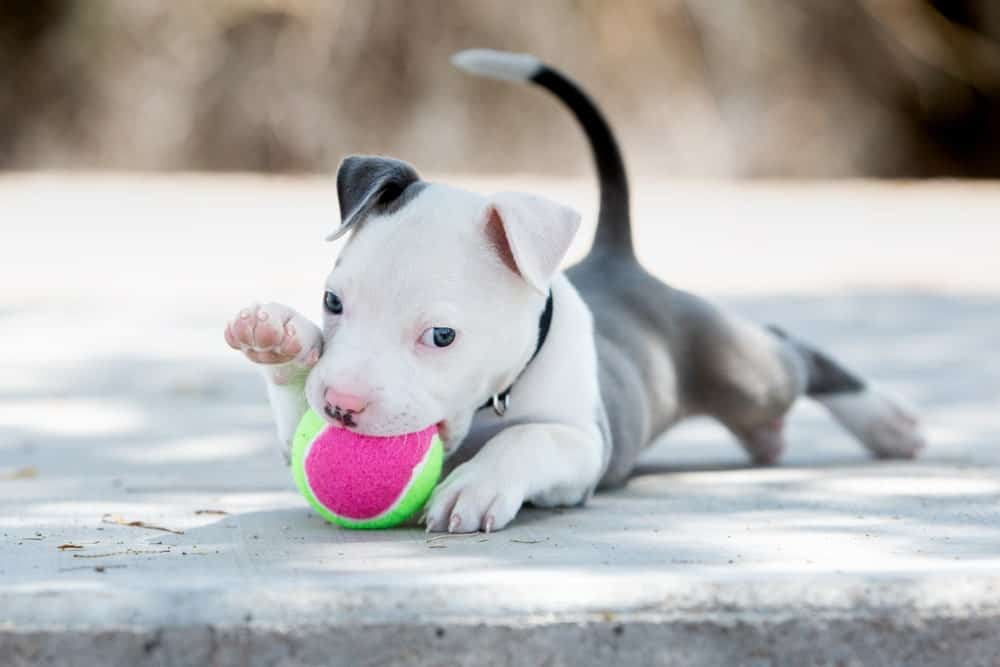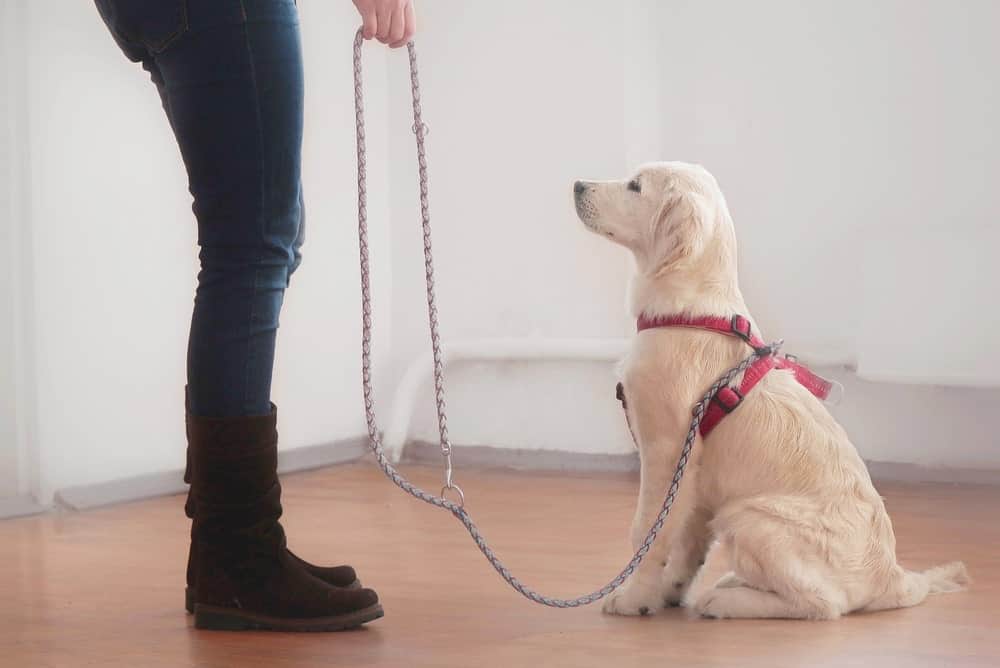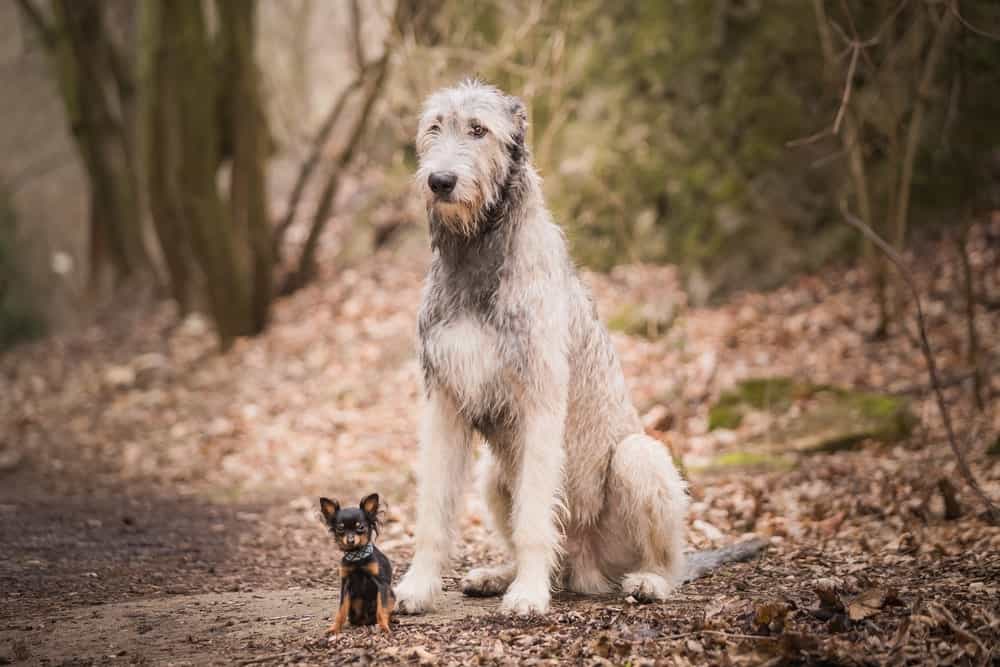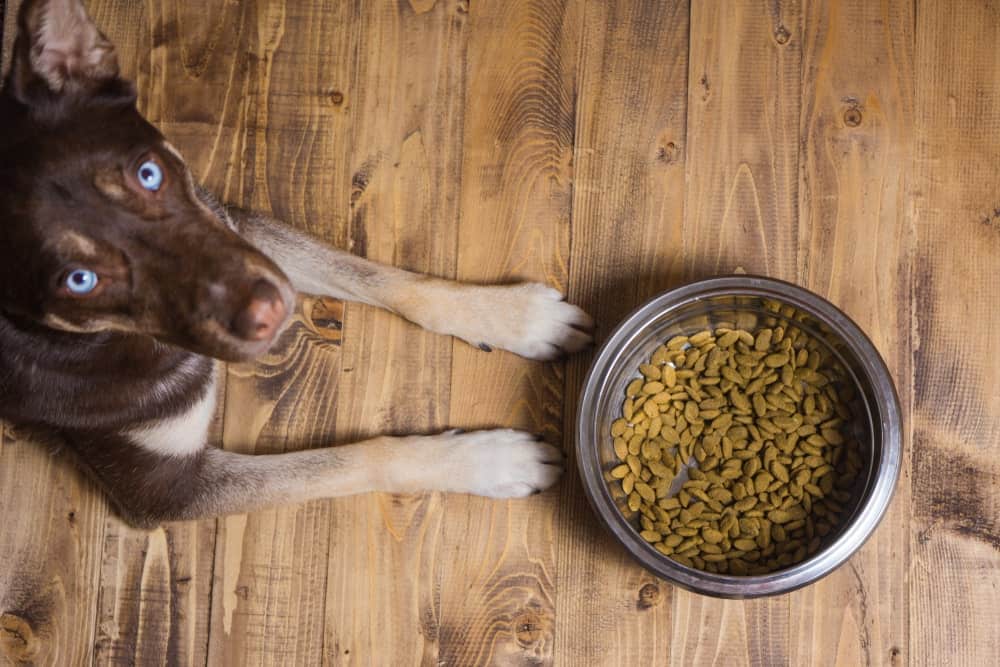“This post contains affiliate links, and I will be compensated if you make a purchase after clicking on my links.”
by John Woods
If you’ve got a job in a specialized field, you’re no doubt asked the same questions over and over again when people learn what you do for a living. With that in mind, we asked Certified Professional Dog Trainer, John Woods, the founder of All Things Dogs, what 5 questions dog owners ask when they find out you’re a dog trainer?

1. What is the best way to socialize your dog?
Dog socialization is critical for the healthy development of any puppy into a well-behaved adult. If dog socialization isn’t consistent and done correctly, then your gorgeous pup may turn into a fearful and anxious adult; which isn’t exactly the best four-legged companion.
Socializing your dog allows your dog to learn how to interact and be desensitized to other canines, animals, humans and even different environments.
Begin Early: The best time to begin socialization is from the very first moment you take your pup home. From only three weeks old, a window called the “critical socialization period” begins and lasts for three months. Your puppy’s mind loves to soak up any new-found knowledge during this period making it perfect for learning and development.

Be Positive and consistent: Everything is new to your pup and therefore can be scary. As long as you remain calm, patient, consistent and positive then your dog will sense this energy from you and the experience will remain a lot more positive.
Mix & Match: Try different environments. For example, puppy classes, doggy-day cares and dog friendly parks as well as taking him/her on neighborhood walks.
2. What are some of your best dog training tips?
Like socializing your dog, puppy training should commence as soon as you bring your new bundle of fluff home with you. If done correctly, then puppy training doesn’t always have to be a “ruff” time.
There are many different training tips which will get you through every milestone and developmental stage. Here are the top two:
1. Positive reinforcement
Keep things light and happy. Don’t ever punish your pup for their mistakes along their journey. Instead, praise them with rewards such as treats and toys when they show correct behavior.
2. Say commands ONCE
Say commands clearly, calmly and only once. Then show direction. Your dog will eventually understand this. Just be patient.

Overall, the trick is to be positive and consistent. Training your dog may not be easy but it should always be kept light and as fun as possible. Training your puppy is essential for not only its development, but so a unique bond may be formed between you both.
3. How do you identify which dog breed is perfect for you?
We can all agree that all dogs are loved but this doesn’t mean that they may necessarily be the right dog for us. Unfortunately, some dogs are more suited to certain lifestyles which may not fit in with our own.
There are many things you need to consider before choosing the right dog breed. Such things include, size, temperament, exercise and training requirements, and maintenance of the breed.
For example: if you live in a small apartment, with no yard, and work long hours then unfortunately that beautiful Samoyed you were eyeing up, may not be the perfect match for you. If a breed is forced into an unsuitable living environment, then undesirable and destructive behaviors may commence.

4. How do you become a dog trainer (in the USA)?
If you’re a dog fanatic who would love to make a career out of your passion for pooches then becoming a dog trainer may be a fulfilling life decision for you.
Become Certified
Nothing says competent like a certificate in your hand; it’s time to become qualified.
Any professional dog trainer usually has a history studying Animal Psychology and behavior. These courses may be offered throughout many different Universities. Pursuing further knowledge demonstrates that you are willing to give your time and effort into developing extra skills to help your chosen profession.
Next, contact the Certification Council for Professional Dog Trainers. This organization will help you gain the appropriate certification as well as help you continuously develop your knowledge of dog training further.
5. How much should a dog eat per day?
It would be silly to tell you that all days eat the same amount of food per day. That would be like telling you that a 40-year-old man consumes the same amount of food as a 10-month old baby! Which is absolutely far-fetched.
The amount of food your dog eats per day depends on the amount of calories and nutrients which is dog is receiving from each standard meal.

As a general rule for your dog’s calories requirements. The average dog requires 30 calories per pound of body weight per day. However, the caloric requirements of a dog changes in response to their age, size, and activity level.
If in doubt, just contact your local Veterinarian or an Animal Nutritionist for a more precise feeding plan for your very loved (and hopefully not too full) canine member.
About the Author
John is the founder of All Things Dogs and a member of the Association of Professional Dog Trainers.



















Mark Duce
Oct 16, 2019 at 7:36 am
Where can I read more of this
Mark Duce
Oct 16, 2019 at 7:35 am
Great Blog Post